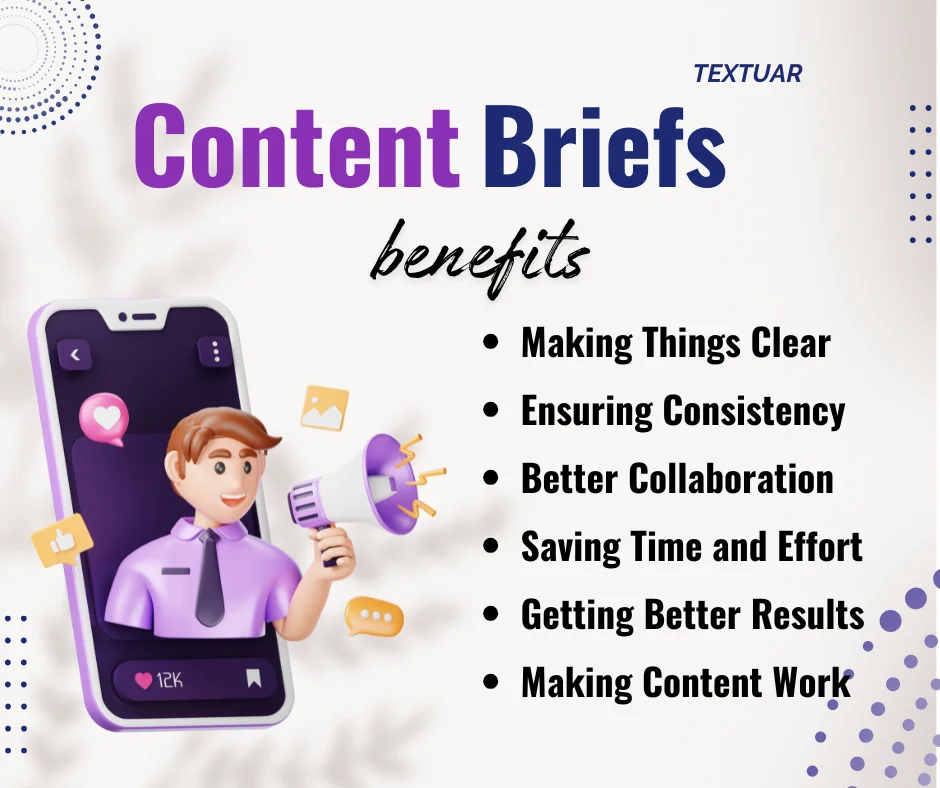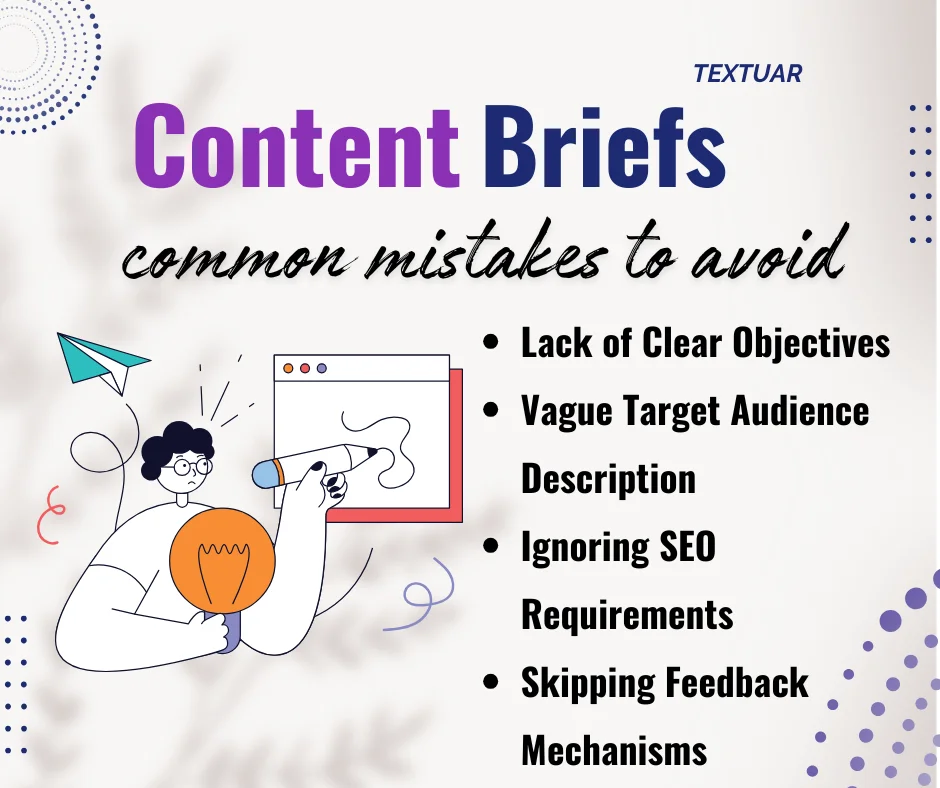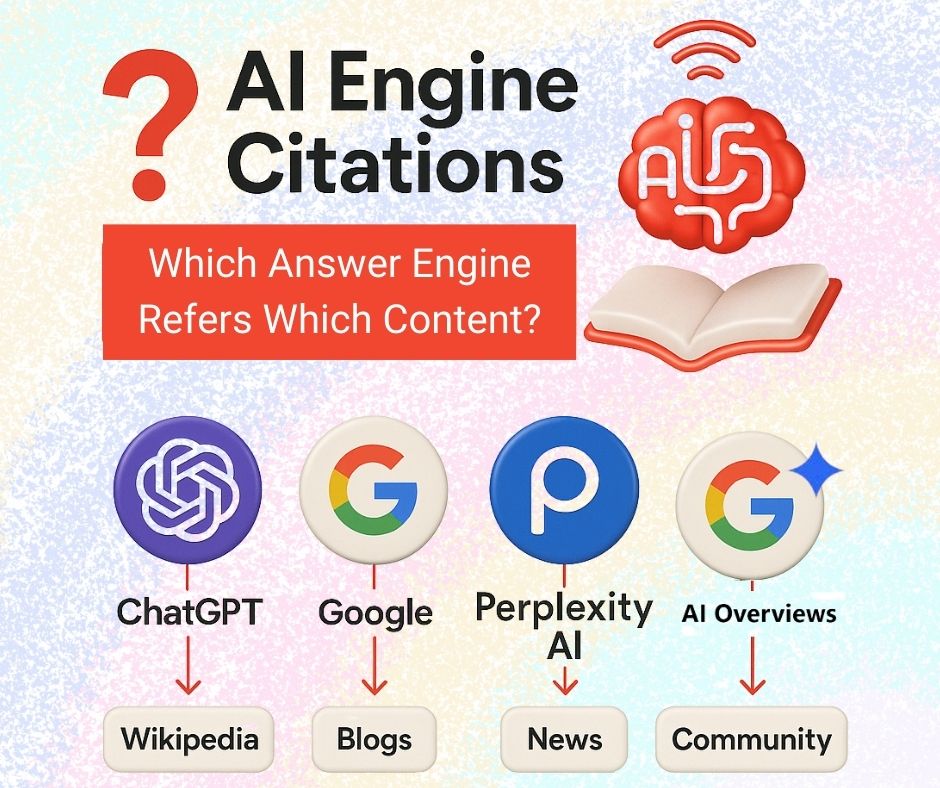Did you know? The process of creating content begins long before the first word is typed on your laptop. This is where content briefs come into the picture.
Planning for content writing involves a lot of backend work like:
-determining the search intent
-selecting a fresh, unrepeated topic
-research
-outlines
A content brief helps to streamline the work so that you can focus on the creative aspects and human essence of the blog being created.
Let us explore this interesting topic in greater detail.
What is a Content Brief?
A content brief works like a helpful guide for writers. It shows them what to write and how to write it. The brief includes critical details about who will read the content and what it should say.
Everyone on the team (from strategists to writers and editors) can look at this guide to understand their job better.
A content brief for writers helps them write more easily and more effectively. It tells writers about the right tone to use and what main points to include. Writers do not have to assume what their clients like. Instead, they can concentrate on writing good content that readers will enjoy. The brief helps them stay on track from start to finish.
Why Do You Need Content Briefs?
Using an elaborated content brief can significantly increase your writing team’s effectiveness. With such guidelines, writers can create high-quality content. Such content supports overall organizational objectives right from the start. This clarity enhances not only outputs but also promotes improved teamwork and content writing process within organizations.
Good content comes from good planning. A content brief helps everyone work together smoothly. It makes sure all the content fits what the company needs. Writers can do their best work when they know exactly what’s expected. This means better content that achieves what it’s supposed to do.
Using content briefs saves time and effort for everyone. Writers know what to do from the beginning, and companies get the content they need without lots of changes. It is like having a clear vision that leads straight to the destination.
What is a Content Brief Template?
Now that you know what are content briefs, let us take it one step ahead and come up with a content brief template. It is a structure document that lists the key details for blog production for every content piece. Using this, you will be able to note details like:
| Content Brief Template | ||||
| Topic | ||||
| Author | ||||
| ETA | ||||
| Type of Content | ||||
| Words | ||||
| Ref URLs | 1 | 2 | 3 | |
| Target Audience | ||||
| Tone of Voice | ||||
| Notes | Add Images | Add FAQs | Add a table | Add H1-H4 tags |
| Primary Keywords | kw1 | |||
| Secondary Keywords | kw1 | kw2 | kw3 | kw4 |
Benefits of a Well-Executed Content Brief
A well-executed content brief offers several significant benefits that can enhance the content creation process.
1. Making Things Clear
A solid brief helps authors better understand their jobs. It specifies who will be reading the information and what they want to learn. Writers may then generate content that directly addresses their target audience. This makes the end outcome more interesting and useful.
2. Ensuring Consistency
When many people write for one company, their work should sound similar. A content brief helps everyone use the same style and tone. This way, readers always know what to expect. It is like having one voice speak for the entire company.
3. Working Together Made Easy
Content briefs help team members work better together. Everyone can check the brief to understand their part in the project. The marketing team knows what they need, and writers know how to deliver it. This makes the whole process smoother.

4. Saving Time and Effort
Using a content brief saves everyone time. Writers get it right the first time because they know what is expected. This means less time consumed correcting mistakes. Hence, the company spends less money on rewrites and edits.
5. Getting Better Results
Content briefs lead to better writing. They point out what’s most important for each piece. Writers can then focus on these key points. The result is content that readers find useful and interesting.
6. Making Content Work
Good content creation relies heavily on content briefs. It keeps everyone together and in line. If you can provide clear guidelines, teams can create content that meets their objectives and engages the reader. It makes the overall outcome better for everyone.
Here is a summary of the benefits of having strong content briefs.
| [1] Total Clarity | Clear guidelines that ensure teams are aligned and focused. |
| [2] Team Collaboration | Helps teams stay organized and unified in content creation. |
| [3] Engaging Content | Clear briefs enable content that meets objectives and engages readers. |
| [4] Improved Outcome | Proper briefs lead to better overall results for all involved. |
Key Points to Write an Effective Content Brief
Writing an effective content brief is essential for ensuring that your content meets its goals and resonates with the target audience. These are the essential key points for developing a thorough content brief that directs authors and raises the caliber of the final outcome.
1. Knowing the Fundamentals
With the use of a content brief, authors may provide precisely what they want. Consider it a recipe with a list of all the necessary components. Your brief should explain what the content needs to do and who will read it. Good content starts with clear instructions that everyone can follow easily.
2. Setting Clear Goals
Start by writing down what you want the content to achieve. Maybe you want more website visitors or sales leads. Tell writers exactly what success looks like for this piece. Clear goals help writers create content that works for your business needs.
3. Getting to Know Your Readers
Writers need to understand who they’re writing for. Describe your typical reader in simple terms. Tell writers about their age, interests, and what problems they face. This helps create content that speaks directly to the right people.
4. Finding the Right Keywords
Pick words that your readers often search for online. Choose one main keyword and a few supporting ones. Writers can then naturally include these words in their content. This helps more people find your content through search engines.
5. Planning the Content in Content Briefs
Give writers a clear outline to follow. Show them how to organize the information in a way that makes sense. Tell them if you want something specific, like a how-to guide or a story format.
6. Making It Flow
Tell writers about your preferred writing style. Keep it simple by explaining if you want formal or casual writing. Share examples of content you like. This helps writers match your brand’s voice and tone.
7. Adding Extra Help
Share helpful resources with your writers. Show them similar content that works well. Tell them how long the piece should be. Include any special requirements for search engines. These details help writers create better content.
8. Working Together
Review your brief with your SEO content brief team before sharing it with writers. Make sure everyone agrees on what’s needed. Update your brief template as you learn what works best. Good communication leads to better content.
Examples of Effective Content Briefs
You may learn how to structure your own content brief by looking at examples of successful ones. These noteworthy situations highlight various techniques and styles.
Let us look at how Reebok plans its creative content. They focus deeply on understanding their customers. Reebok learns about their customer’s lives and the things that matter to them. This helps them write content that feels personal and meaningful. Their writers and designers use this information to create better content.
This makes their messages more powerful and helpful. Reebok shows us that knowing your audience leads to better connections with customers. Their approach proves that sometimes shorter plans work better when they focus on the right details.
This example presents different effective approaches to creating a content brief. Each one of them emphasizes clarity, understanding the audience, and providing structured guidance toward the production of quality content.
Common Mistakes to Avoid When Creating Content Briefs
Content creation is one of the steps involved in content production. The brief is created at this step, but it often contains some mistakes that reduce its effectiveness. Here are the common pitfalls that may be included in your content briefs.
Lack of Clear Objectives
Most of the mistakes relate to not clearly defining the objectives for your content. Without objectives, it’s really hard to define success. It is important to start with measurable goals, whether it is about increasing traffic to your website or generating leads. This makes sure that the writer knows exactly why they are doing this and makes an effort accordingly.
Vague Target Audience Description
Another frequent error is providing a vague description of the target audience. Failing to specify demographics, interests, and pain points can lead to unsatisfactory content. Take the time to find out who your audience is and what they care about. This information will guide writers in creating relevant and engaging content.
Ignoring SEO Requirements
The most common error that is encountered while neglecting content briefs for SEO best practices is failure to include the primary and secondary keywords along with the guidelines about the meta description and title tag. These components all work together to make sure your content is optimized to rank in search results and connect with your target audience.
Skipping Feedback Mechanisms
Finally, bypassing the mechanism for feedback and revisions can result in very poor content. Decide how feedback will be given and how many rounds of revisions are included. This effort ensures that the final product meets expectations and adheres to brand messaging.
Avoid all these common mistakes and develop more effective content briefs to enhance the quality of your content.

Measuring the Effectiveness of Content Briefs
Measuring the efficacy of content briefs will thus be critical for understanding how good they are in guiding the process. Outcome assessment, therefore, might refine your strategy and help future briefs turn out better. The following are the most important steps for evaluating its efficiency:
Define Clear Metrics
Define the metrics of your content objectives. There are basically three most frequently used metrics- reach, engagement, and conversion rates. Like, the viewership and dwell time may have been measured while viewing the content, and this would show if your content meets your objective or not.
Utilise Analytics Tools
Analytics tools, for example, Google Analytics, allow you to monitor performance over time. Such tools enable you to track page views, bounce rates, and the behaviour of the users. The analysis of the data will show if your content works for the target audience and influences the desired action.
Gather Feedback
Another good method is gathering feedback from the writers and other stakeholders. This process could include asking how well the brief led them and if anything confused them. Feedback can point out areas of strength and weakness for the briefs.
Review Post-Publication Performance
Review the performance of the content shortly after launching it, perhaps a week after its publication or after it reaches a particular number of views. Analysing early performance helps identify any immediate issues that can be solved quickly.
Through these steps, one can gauge the impact of content briefs and, therefore, improve a content strategy.
To Conclude
Every good piece of writing starts with clear planning. A content brief helps writers create exactly what they need. Think of it as a map that shows the way to great content. When you plan well, everyone knows what to do and how to do it.
The brief brings the team together and keeps them marching toward one goal.
Let us at Textuar handle your content writing needs so that you get a regular influx of fresh content to meet your digital marketing goals.
FAQs
Q: Why should businesses invest time in developing detailed content briefs?
Think of it as a groundwork for your content strategy. With well-written content, the creative process is streamlined, and miscommunications are reduced. Your team will also appreciate the precise guidance. This will eventually reduce the need for unnecessary revision cycles and save money.
Q: How do content briefs boost team productivity?
Teams work faster with clear directions. The guidelines inside content briefs eliminate confusion about project requirements. Moreover, when everyone understands their role, the workflow becomes smoother. Quick turnaround times follow.
Q: Can structured content planning help maintain brand consistency?
Absolutely! Picture your brand as an orchestra. Every instrument must be played in harmony. Structured planning keeps messaging consistent across all channels. Your audience will recognize your voice instantly.
Q: What is the secret to creating content briefs that writers actually want to follow?
Don’t complicate things. Instead, pay attention to the important things. Writers appreciate straightforward guidance that leaves room for creativity. Don’t forget to emphasize important criteria without overburdening them with extraneous information.









